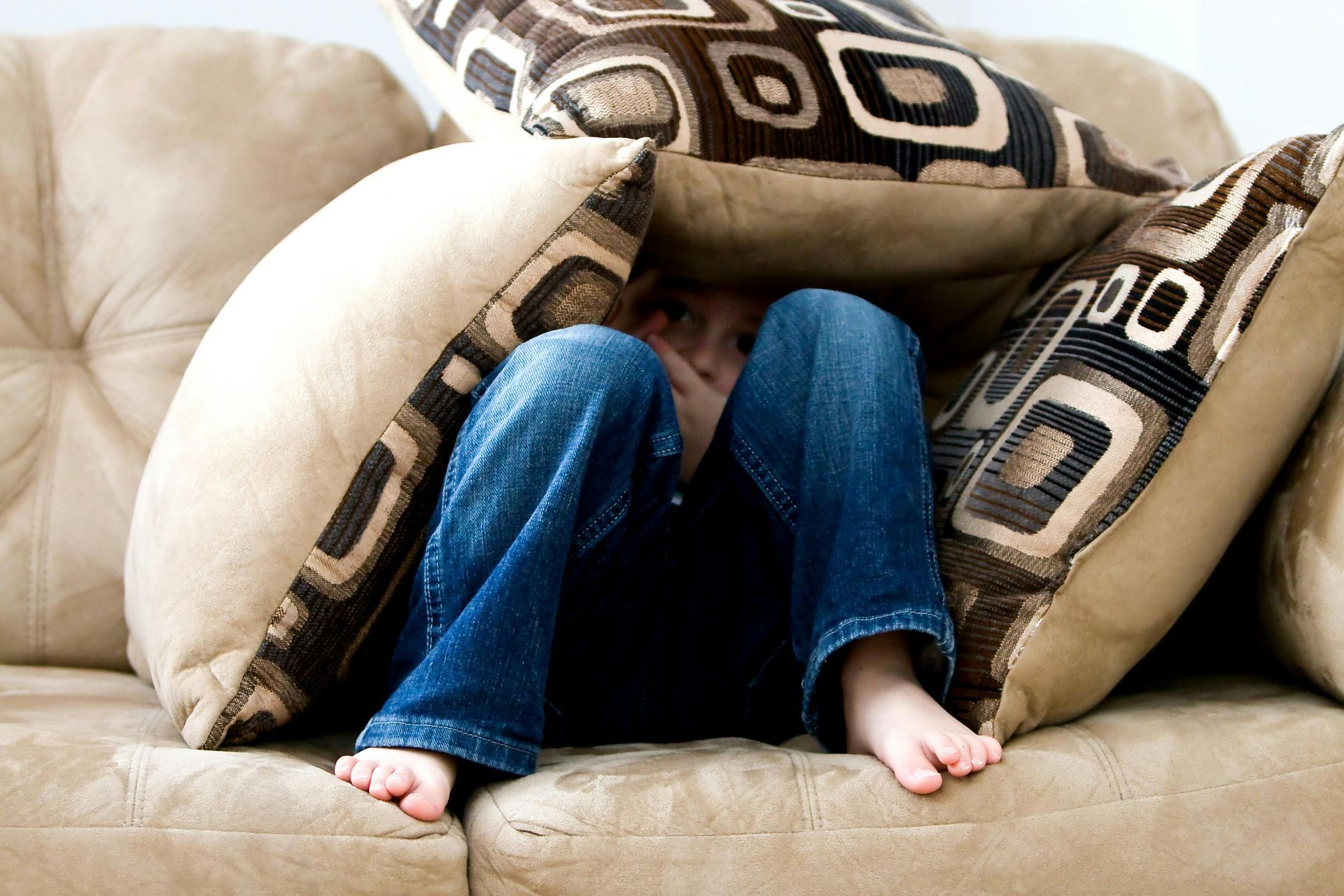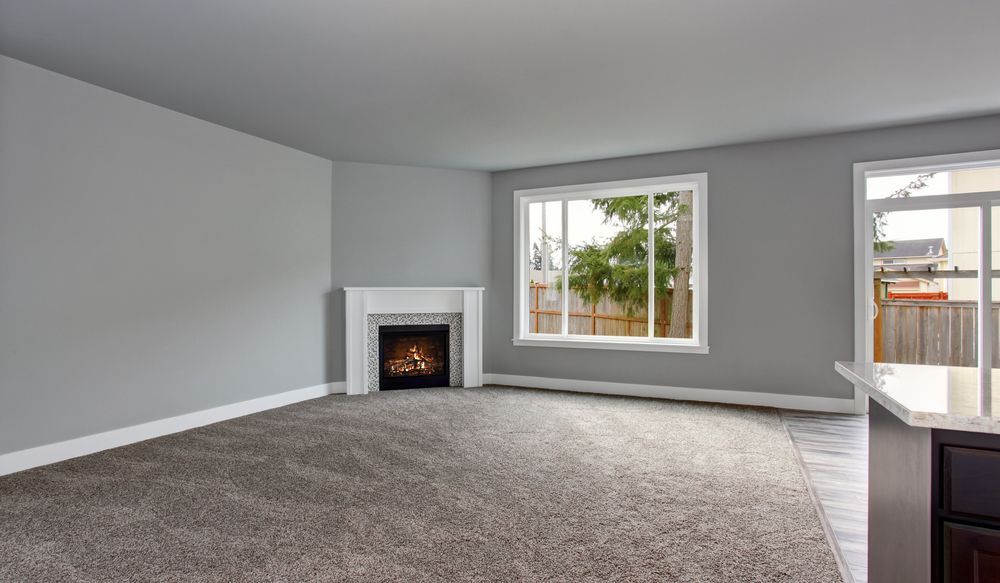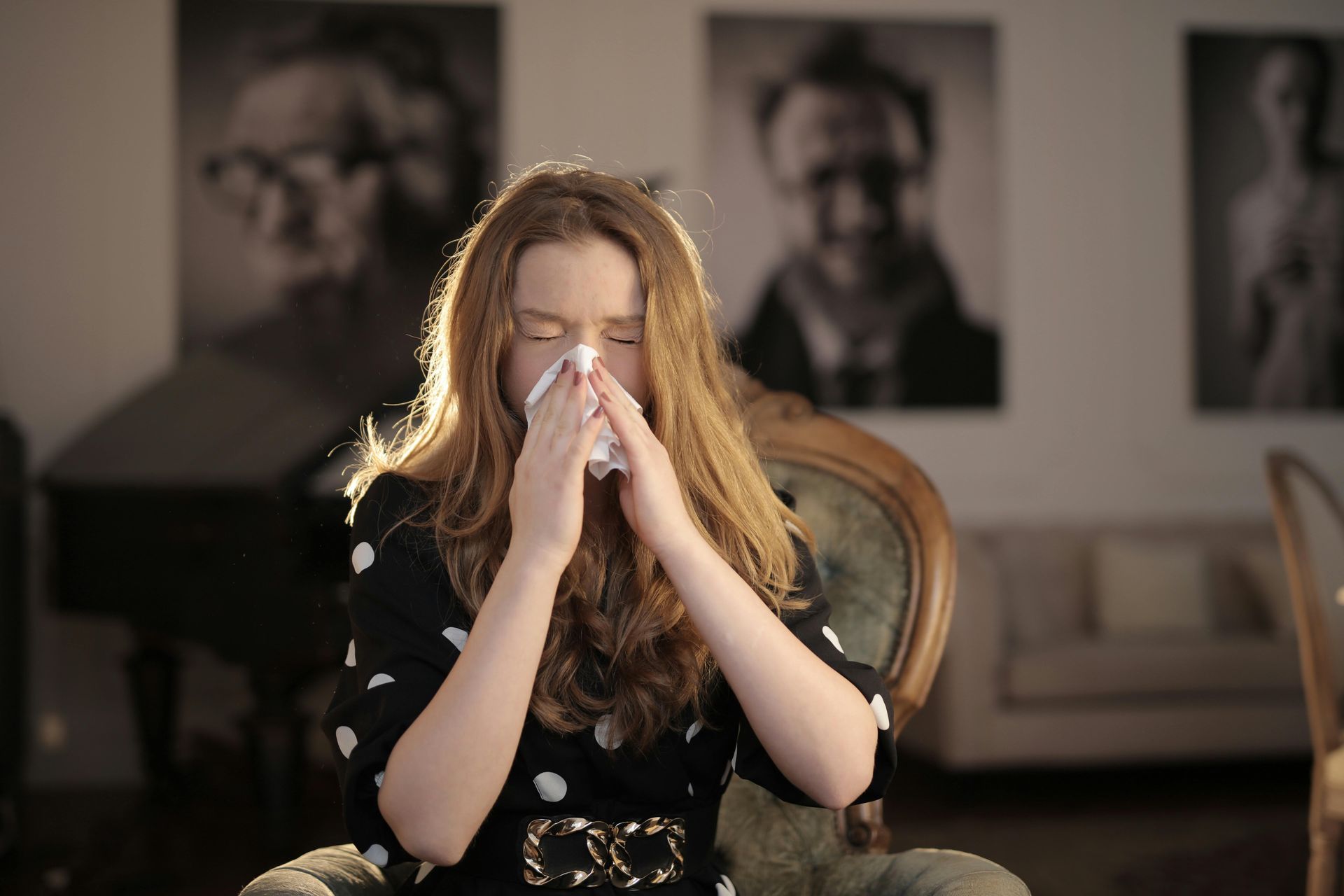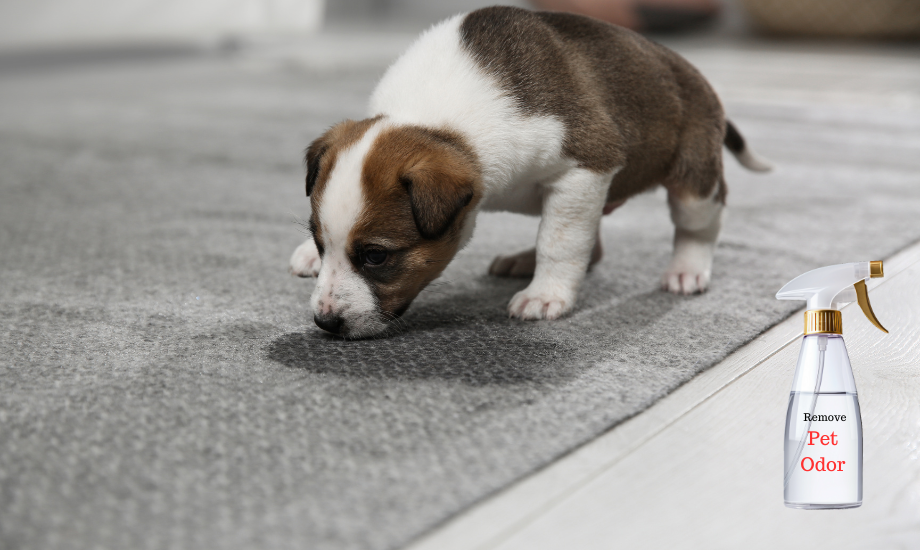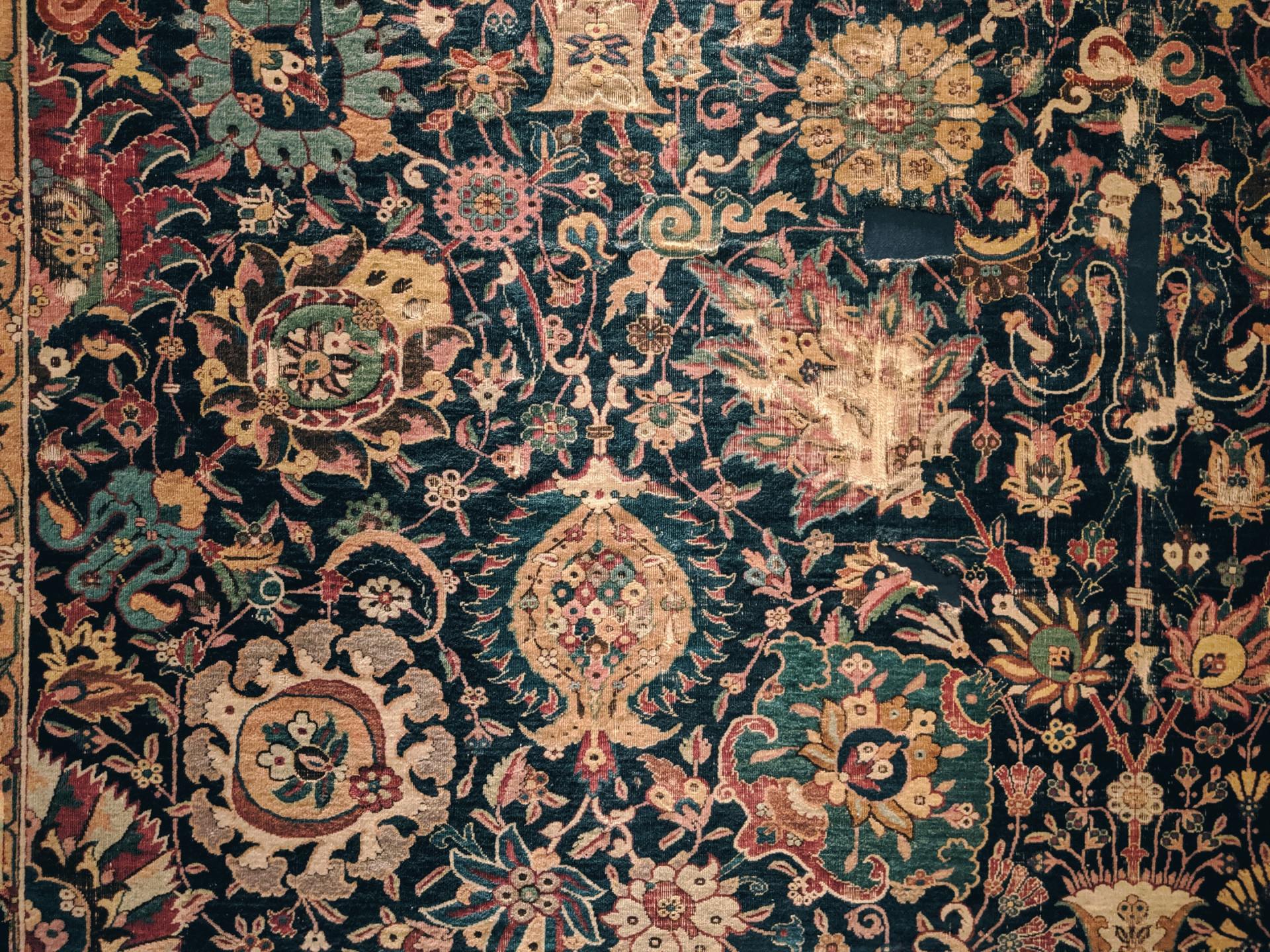The Hidden Dangers Lurking in Uncleaned Carpets

When you think of your carpet, you probably picture a cozy, comfortable surface beneath your feet, maybe even the place where your kids play or your pets lounge. But beneath that soft exterior, there’s often a world of hidden filth that could be quietly affecting your health and your home.
Most people vacuum their carpets weekly and assume that’s enough. The truth is, while vacuuming is a great first step, it doesn’t come close to removing the deeply embedded contaminants that build up over time. You need to have your carpets cleaned by professional carpet cleaning services. From allergens and bacteria to mold spores and toxins, dirty carpets are more than just unpleasant; they’re potentially dangerous.
Let’s pull back the fibers and expose the reality: uncleaned carpets can be a silent contributor to poor air quality, health issues, and even pest problems.
1. Dust Mites: Invisible Invaders
Dust mites are microscopic pests that thrive in warm, humid environments, and your carpet is prime real estate. While they don’t bite or sting, they feed on the dead skin cells we shed daily. Their waste products are highly allergenic and can trigger asthma, eczema, and allergic rhinitis.
Even if you can’t see them, dust mites are likely present if your carpet hasn’t been deep-cleaned recently. Regular professional cleaning is one of the only ways to reduce their population significantly.
2. Bacteria & Germs: More Than Just Dirt
Think about everything that comes into contact with your carpet, shoes, spills, pets, and even air particles settling from above. It’s no surprise that carpets can harbor an incredible range of bacteria. Studies have found that carpets can contain more bacteria per square inch than a toilet seat.
Some of the most common bacteria found in carpets include:
- Salmonella
- Staphylococcus aureus
- E. coli
These can cause gastrointestinal and respiratory illnesses, especially in households with children who frequently crawl or play on the floor.
3. Mold & Mildew: Moisture’s Favorite Friends
Moisture from spills, high humidity, or tracked-in rainwater can soak into carpet fibers and the padding underneath. When not dried properly, this moisture becomes a breeding ground for mold and mildew.
The scariest part? Mold can grow undetected beneath the surface for months, releasing spores into your indoor air. Prolonged mold exposure can cause:
- Chronic coughing and sneezing
- Eye, nose, and throat irritation
- Headaches and fatigue
- In severe cases, neurological symptoms
People with weakened immune systems or respiratory conditions like asthma are especially vulnerable.
4. Pet Dander & Urine: More Than Meets the Nose
If you have pets, your carpets likely hold a blend of hair, dander, and the occasional accident. Even if cleaned up quickly, urine can seep into the carpet pad and linger, causing persistent odors and attracting more bacteria.
Pet dander can cause allergic reactions in sensitive individuals and contribute to poor air quality. Routine vacuuming helps, but it won’t get deep enough to remove all traces.
5. Volatile Organic Compounds (VOCs): The Chemical Threat
Most homeowners don’t realize that carpets can absorb and reemit volatile organic compounds, or VOCs. These chemicals are released from paint, cleaning products, furniture, and even the carpet itself (especially if it was treated with flame retardants or stain repellents).
Over time, carpets can act like a sponge for VOCs, slowly releasing them into the air. Breathing in VOCs regularly can lead to headaches, nausea, and long-term respiratory issues.
6. Allergens & Pollutants: A Breeding Ground
Pollen, mold spores, and airborne pollutants can settle into carpets and get kicked back into the air with every footstep. If you or anyone in your household suffers from seasonal allergies, your carpet may be intensifying their symptoms year-round.
A buildup of these particles can also trigger asthma attacks or cause chronic irritation, especially in children or the elderly.
7. Insects & Pests: Carpet Beetles, Fleas & More
Believe it or not, dirty carpets can attract pests. Carpet beetles, fleas, and even cockroaches may find a hospitable environment in your flooring. These insects are not just gross; they can cause bites, spread bacteria, and damage belongings.
If you’ve been noticing more bugs than usual, it might be time to look down.
The Solution: Deep Clean and Stay Ahead
Carpets can hide more than a little dirt. To protect your health, preserve your home’s cleanliness, and extend the life of your flooring, regular deep cleaning is important.
Here are a few helpful habits:
- Vacuum 2–3 times a week, especially in high-traffic areas.
- Remove shoes indoors to reduce the spread of outside contaminants.
- Have carpets professionally cleaned every 6–12 months (more often with pets or kids).
- Address spills and moisture quickly to avoid mold and mildew growth.
A clean carpet isn’t just about appearances; it’s about creating a healthier, safer living environment. CleneStart is your #1 choice for residential carpet cleaning and has been for over 30 years! We have helped thousands of homeowner restore their carpets, so let us help you!
FAQs
How often should I get my carpets professionally cleaned?
For most homes, every 6–12 months is ideal. If you have pets, allergies, or a lot of foot traffic, consider scheduling cleanings every 3–6 months.
Is vacuuming enough to remove allergens and bacteria from my carpet?
Unfortunately, no. Vacuuming removes surface-level dirt, but allergens, bacteria, and moisture can embed deep within carpet fibers and padding. Deep cleaning is necessary to fully eliminate them.

